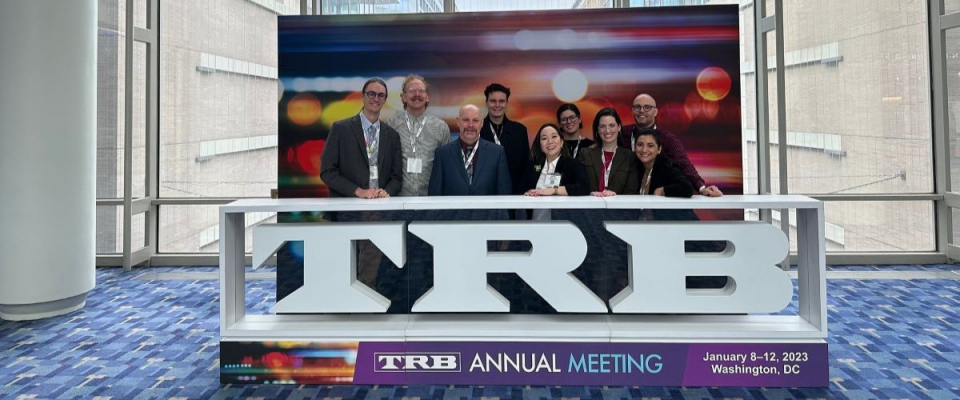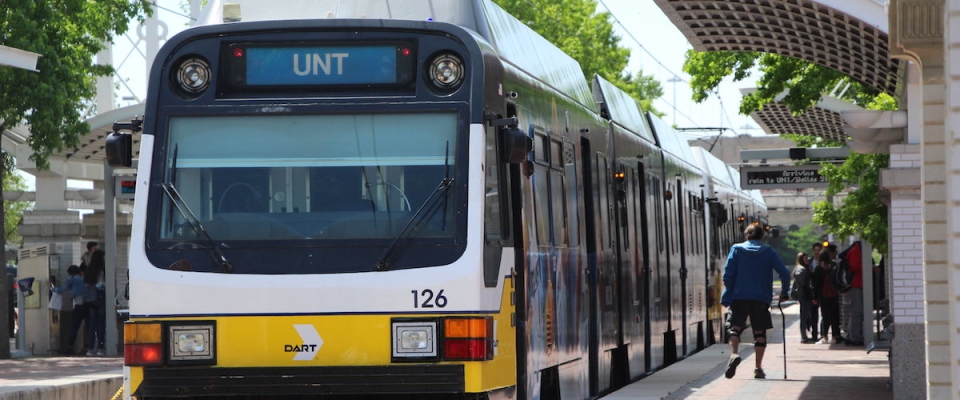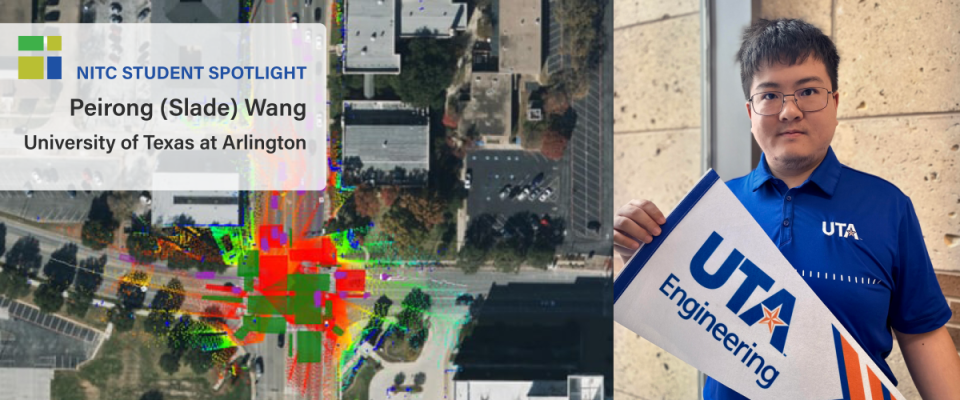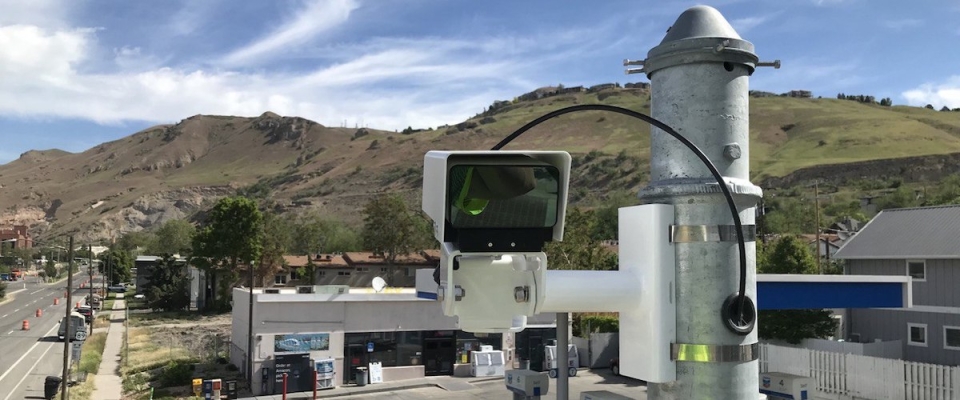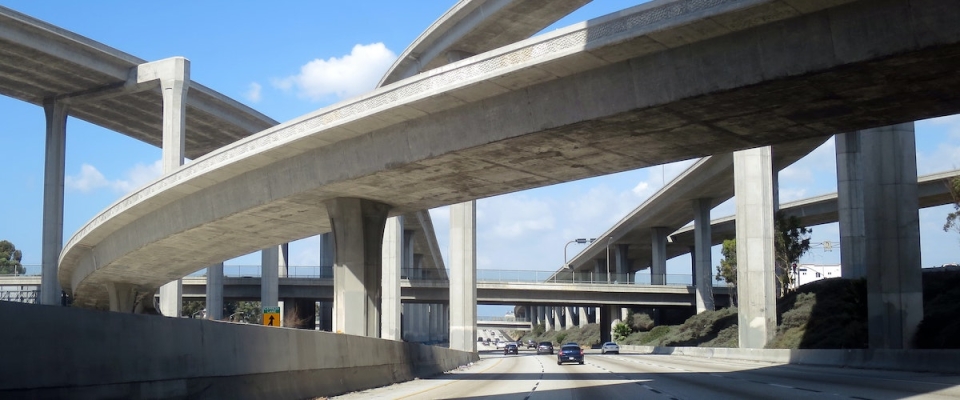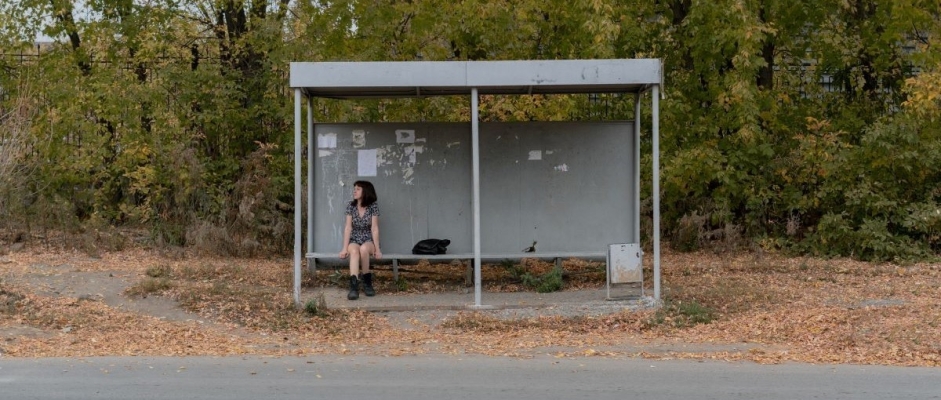When you think of your dream home, what do you think of? Perhaps you envision a house with enough space for your whole family to be comfortable. Maybe you’ll be close to your extended family…or maybe you won’t, depending on your personal family dynamic. It will be in a safe neighborhood, perhaps with access to amenities that promote a healthier lifestyle, like green spaces and walking trails. School, work, grocery stores, and the doctor’s office will be easy to access. The home won’t cause you financial stress. It will feel like yours.
You may not be surprised to hear that many people look for these qualities when considering a place to live. With the study “Housing Choice, Transportation Equity, and Access to Opportunities in Refugee and Immigrant Communities,” professors at the University of Texas at Arlington sought to collect qualitative data about factors and values that caused refugee and immigrant populations in Dallas County, Texas to want to move. This demographic makes up a significant part of Dallas County’s population; almost one fourth of people who live there were born outside the United States. By better understanding the needs of this population, policies could be set in place that address inequity and make the community a more welcoming, accessible place for all. The paper focuses on the roles that primary and secondary mobility play in the housing choices of immigrants and...
Read more

